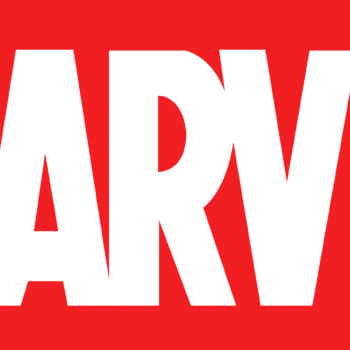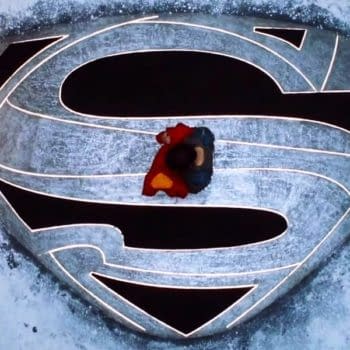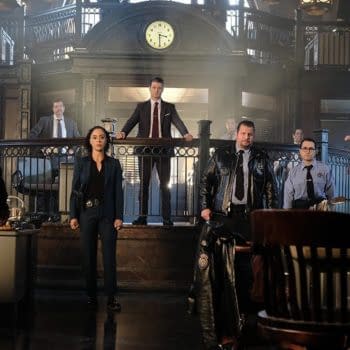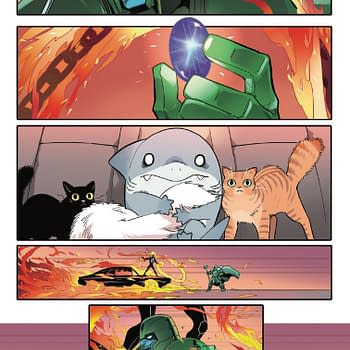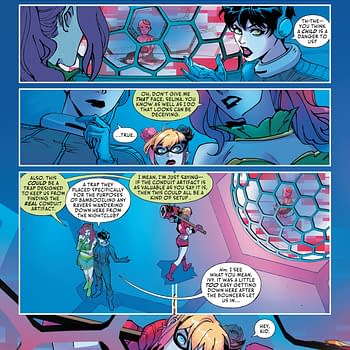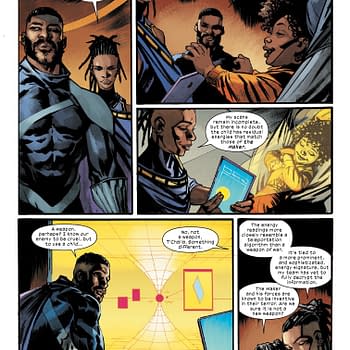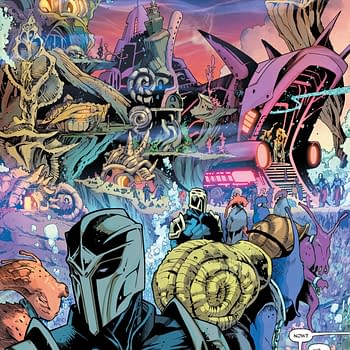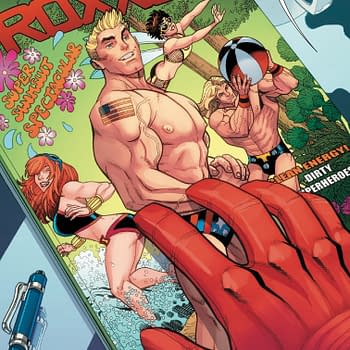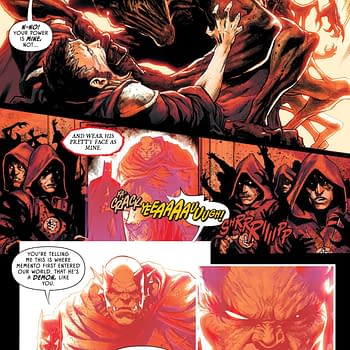Posted in: Comics | Tagged: Comics, entertainment, Jason Hanley, Letterer Appreciation Day, richard starkings, Robin Spehar
It's The First Annual Letterer Appreciation Day
In the comic book industry, artists are always on top of the fan love chart with writer's coming in second. Anyone who knows how the industry work then shows some affection for inkers, colorists and editors… but rarely does that appreciate roll over to the letterers… the guys who make comic books what they are. If you think lettering is the easy job, just slapping someone else's words into balloons and sticking them to the page… you are completely wrong.
I learned to letter back in the mid-90's when I accidentally became a publisher. I learned all the jobs because I was doing all of them at one point or another as we went… except drawing the main characters. I started by lettering a group of ashcans for the books we planned to publish, I did this by hand using an Ames guide, hand drawing the balloons and tails and then cutting and pasting each balloon to the page. By the time we published our first comic, I'd switched to computer lettering… but from that first cutout balloon to the last digitally placed letter, I learned that there is an art form to Lettering that when done well makes a comic 1000 times better and you'll never notice.
Lettering is more than just spelling right and making sure the tails is pointed in the right direction. The letterer helps control the readers eye and the pace of the story. Where you put the balloon and how you connect them together can make the reader follow along with the flow of the art or take them away from the action. A good comic page is one where the art and lettering work together to naturally guide the readers eyes through each panel and on to the next, ending with them wanting to turn the page. Choosing the right place to put a balloon to not cover important parts of the art and still move the story along takes time and experience to learn.
There is also slowing the story down or speeding it up. You get a paragraph of dialogue from a writer and you can lump it all together if the scene / character calls for it to be read fast or in one breath. Or you can slow it down by breaking it into multiple balloons, moving the further apart to make a bigger pause. And there is the controversial sound effects that a letter often has to come up with the sound and how to add it to the art to make it tell the story without standing out like a sore thumb.
That's the whole thing with lettering, if you are good and do everything right… no one notices and all the credit goes to the writer and artist. But if you do it wrong, it looks clumsy and can ruin a story… and everyone blames you.
Letterers are the unsung heroes of the comic industry. The least paid and the least appreciated. So the next time you're reading a comic and you think about sending a note to the creative team, take a look at who lettered it and drop them a line too… without them, your favorite comics would just be pictures.
And thanks to Richard Starkings and Robin Spehar for tips on being a better letterer… and to Jason Hanley for showing me that I should stick with writing. And a shout out to all those letterers who have put my words onto a printed page.




